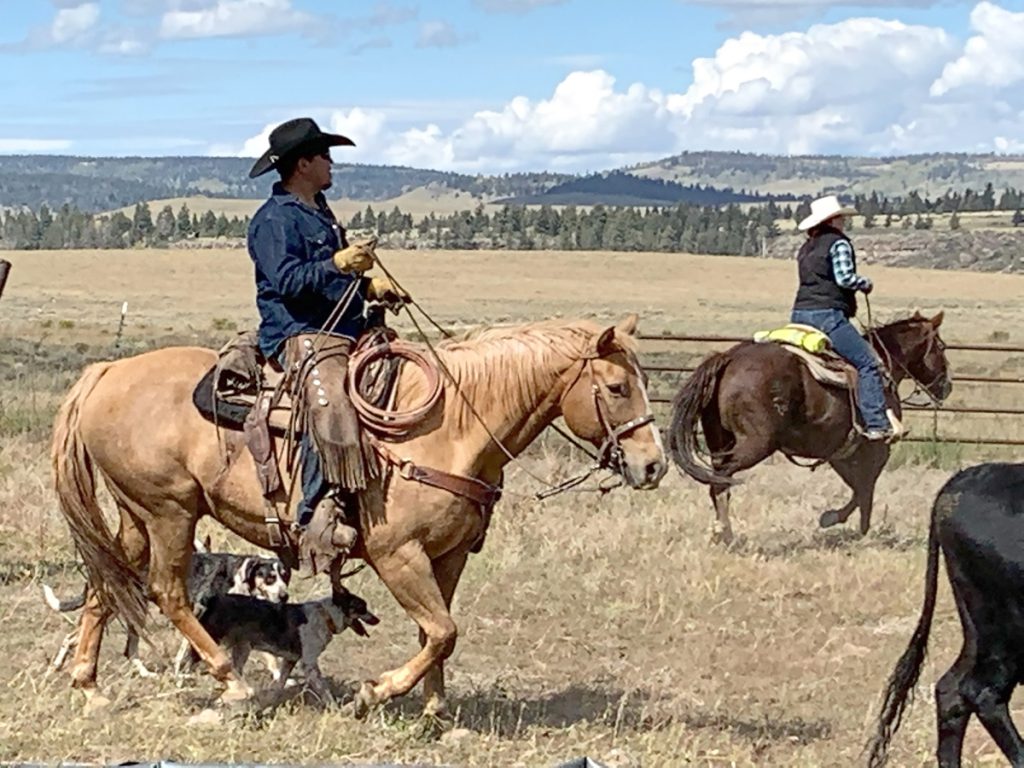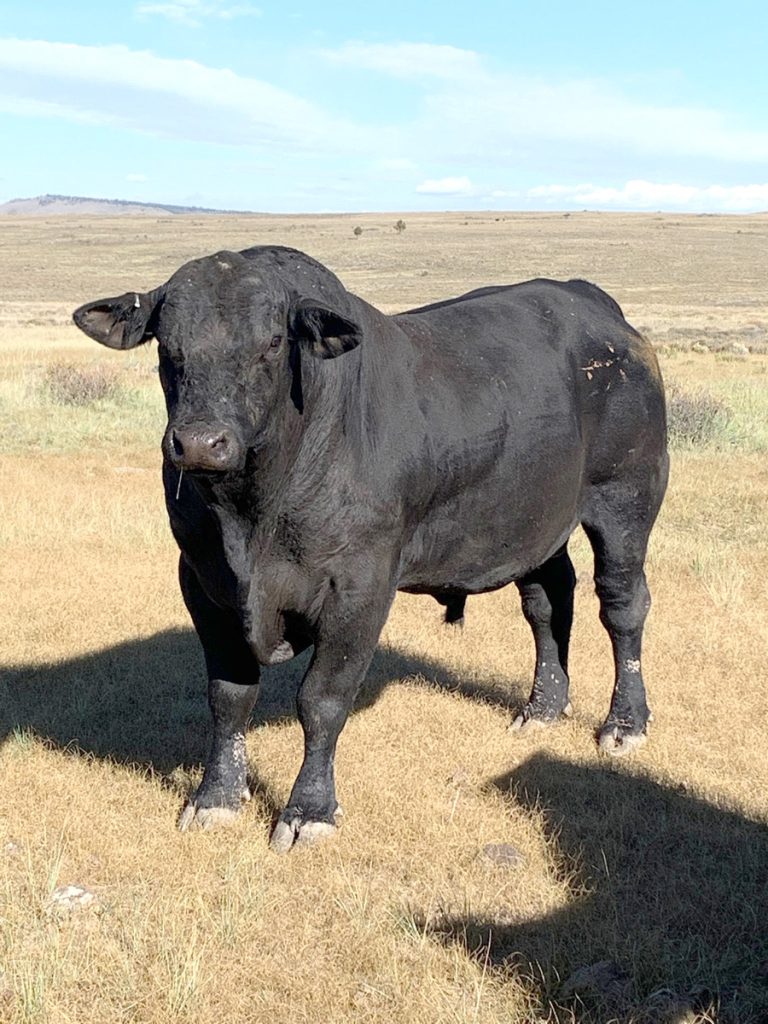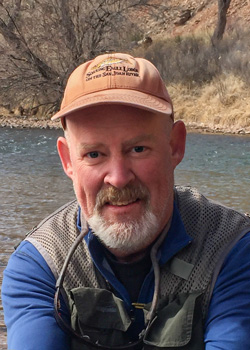
Manuel and Libby Lucero gathering cattle near San Antonio Mountain.

In New Mexico, it’s practically illegal to dislike acequias. They take us back to a time when things weren’t so complicated, when you knew your neighbors by name and even took care of their kids from time to time. A more accurate way of looking at it is how – as simple yet elegant systems of distributing bounty and privation – acequias reflect a time when surviving our arid landscape was immensely MORE complicated than it is today.
The blessing of acequias is how they have enabled New Mexicans to make more out of less – less arable land, less time and labor and, of course, less water. Acequias have always reinforced sharing as a community ethic, by teaching parciantes how to rely on each other, by punishing selfishness and rewarding generosity.
Everything a northern New Mexican community does is an extension of the acequia. Like ranching, it helps sustain the community through the same spirit of sharing. In these times when so many young people are leaving villages to chase educations and fortunes elsewhere, aging ranchers help each other brand and vaccinate, put each other’s animals out in spring and gather them in the fall. On two Forest Service allotments I’m familiar with, 14 families from Cuba and Cañon pitched in to buy a portable corral to make autumn gathering more efficient, saving themselves time and money and wear and tear on the range.
Contrary to acequias, however, it seems illegal to appreciate how ranching supports communities (for more information, read “Acequias of the Southwestern United States: Elements of Resilience in a Coupled Natural and Human System; NM State College of Agricultural, Consumer, and Environmental Sciences). True, overgrazing of public lands by not only livestock, but elk, feral horses and hogs, and even prairie dogs, is real. Particularly in our drought-stricken landscapes, overgrazing harms ecosystems and ranchers’ bottom lines.
It’s easy to see only the bad stuff, to curse the cow-pies even as we chew on hamburgers around the campfire. What many fail to see is how ranching can be good for the land if practiced with an eye towards conservation. Well-planned pasture rotation can result in explosive grass production benefitting wildlife. And believe it or not, how gently ranchers treat their animals can have positive effects on land health as well. Strategic fencing can improve how streams replenish groundwater tables, and since ranchers are closely linked to downstream acequias, most of them are almost genetically aware that well-functioning streams lead to well-functioning acequias.
As a fisherman, I’ve learned the hard way that not all anglers treat the resource with the same level of respect. Too many of us leave litter on the streambank and take more fish than we’re allowed. Similarly, there are ranchers who cut fences and damage the range as though it’s not their problem. Even parciantes do things that make life tough for others who go through pains making sure that precious water serves everyone.
The fact that acequia communities are still very much alive suggests that bad apples are the exceptions and not the rule. We should always remember this. Acequia farming and ranching have endured through time by bringing people together instead of pulling them apart, and by appealing to our better instincts to strengthen, support, and share.




